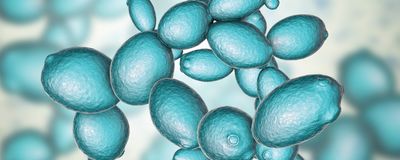Features
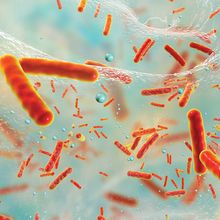
How Bacterial Communities Divvy up Duties
Holly Barker, PhD | Jun 1, 2023 | 10+ min read
Biofilms are home to millions of microbes, but disrupting their interactions could produce more effective antibiotics.
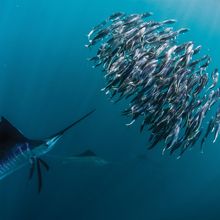
Fishermen and Hobbyists Provide Scientists with Invaluable Data
Natalia Mesa, PhD | Jun 1, 2023 | 5 min read
In Los Cabos, Mexico, a panga boat captain and a deep sea fishing enthusiast support researchers working to explain declines in Pacific fish populations.
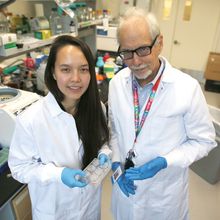
Self Sufficient Cells?
Katherine Irving | Jun 1, 2023 | 4 min read
Animal cells cannot produce 9 of the 20 amino acids they need to function. Some researchers are looking to change that.

Garbage to Guts: The Slow-Churn of
Plastic Waste
Iris Kulbatski, PhD | Jun 1, 2023 | 4 min read
The winding trail of environmental microplastics leads researchers to the human digestive ecosystem.
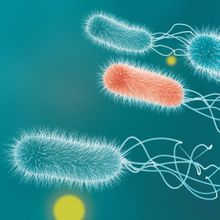
Cooperation and Cheating
Mariella Bodemeier Loayza Careaga, PhD | Jun 1, 2023 | 6 min read
Bacteria cooperate to benefit the collective, but cheaters can rig the system. How is the balance maintained?
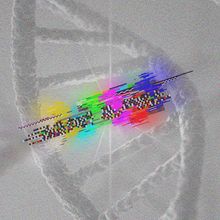
“Silent” Mutations Make Noise In Cancer
Katarina Zimmer | May 1, 2023 | 10+ min read
Synonymous mutations have long been ignored in cancer studies since they don’t affect the amino acid sequences of proteins. But research increasingly reveals that they can have disease-driving effects.
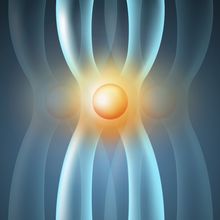
Probing “Selfish” Centromeres Unveils an Evolutionary Arms Race
Michael Lampson, PhD | Apr 3, 2023 | 10 min read
A more complete understanding of nonrandom segregation will shed light on how speciation occurs.
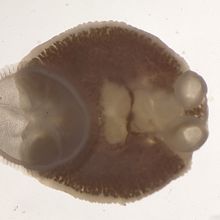
Ecologists Use Museum Specimens to Dig into the Parasitic Past
Ian Rose | Mar 1, 2023 | 4 min read
New techniques to quantify what lived in and on preserved animals throw light on how parasite abundance has changed over time.
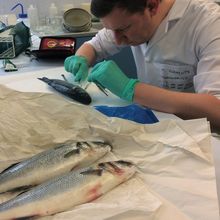
Researchers Watch Fish Rot, for Science
Mary Bates | Mar 1, 2023 | 4 min read
Recording the pH within decaying organs for the first time, researchers come closer to understanding why some soft tissues are more likely to be preserved as fossils than others.
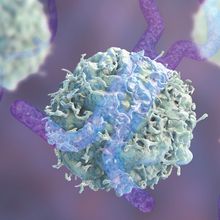
Long noncoding RNAs and Microproteins Can Spark Cancer—or Sometimes Squelch It
Rachael Moeller Gorman | Mar 1, 2023 | 10+ min read
Noncoding RNAs and microproteins, once considered genomic noise, are turning out to be critical to the progression of some types of cancer.
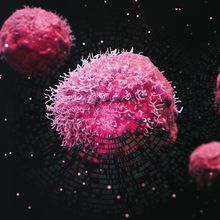
Jumping Genes’ Role in Cancer
Diana Kwon | Mar 1, 2023 | 8 min read
Transposons may be key players in how tumors develop and spread, but they also keep cancer at bay in some circumstances.
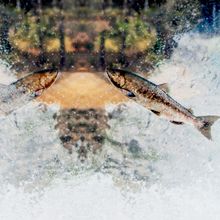
Geneticists Light Up Debate on Salmon Conservation
Christie Wilcox, PhD | Feb 1, 2023 | 10+ min read
Splitting Chinook salmon into two groups based on their DNA could aid conservation efforts. But some researchers argue that this would be a misuse of the data.

The Constellation of Creatures Inhabiting the Ocean Surface
Amanda Heidt | Jan 2, 2023 | 10+ min read
The myriad species floating atop the world’s seas, called neuston, are mysterious and understudied, complicating efforts to clean up plastic pollution.
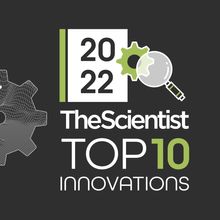
2022 Top 10 Innovations
The Scientist | Dec 12, 2022 | 10+ min read
This year’s crop of winning products features many with a clinical focus and others that represent significant advances in sequencing, single-cell analysis, and more.

Inside the Project Trying to Save Datasets from Extinction
Ian Rose | Dec 1, 2022 | 5 min read
Researchers race to find ecological data kept on outdated media or in dusty backroom boxes—before they’re lost forever.
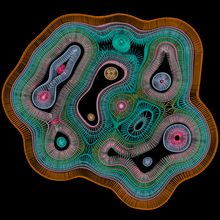
How Intracellular Bacteria Hijack Your Cells
Catherine Offord | Dec 1, 2022 | 10+ min read
Scientists studying pathogens such as Chlamydia, Legionella, and Listeria get a master class in how to control the internal workings of mammalian cells.
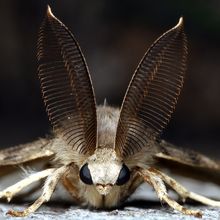
Many Moths Speak Up to Ward Off Bats
Connor Lynch | Dec 1, 2022 | 5 min read
A decade-long, multicontinent study suggests that acoustic defense strategies are more common among moths than previously imagined.
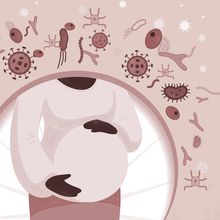
Modulating Immunity to Improve Pregnancy Outcomes
Tobias R. Kollmann, Arnaud Marchant, and Sing Sing Way | Nov 14, 2022 | 10+ min read
Aberrant immune activation, the main cause of prematurity and stillbirths, could be preventable through interventions such as maternal vaccination.
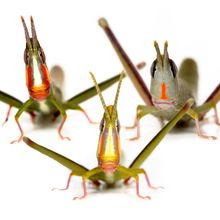
How a Grasshopper Gave Up Sex, Took Up Cloning
Dan Robitzski | Nov 1, 2022 | 5 min read
Meet the grasshopper that has reproduced asexually for a quarter of a million years—without acquiring undue numbers of harmful mutations.
